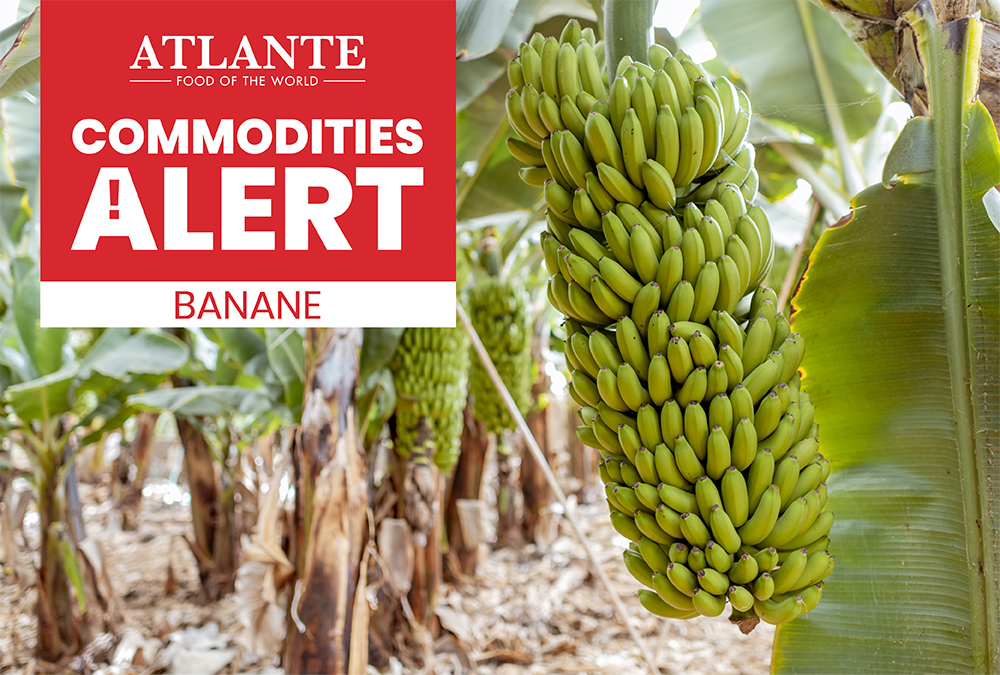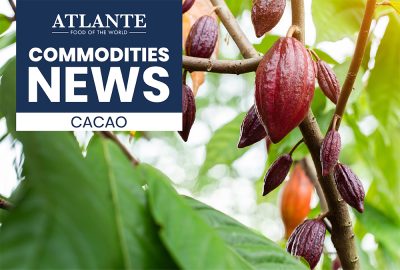Atlante
News
Banana Crisis: Climate Threats and Diseases

4 July 2024
Bananas are the world’s most exported fruit, with a global trade value of $10 billion. However, they are also the most threatened by climate change and rising temperatures, which undermine their supply by destroying plants and promoting the spread of diseases.
Currently, the global cultivation of bananas is particularly threatened by Fusarium tropical race 4 (Tr4), a soil-borne pathogenic fungus that attacks banana plant roots, causing a disease that can lead to complete crop loss. This “Panama disease” affects many varieties, including the vulnerable Cavendish bananas, which account for about half of the world’s banana supply and almost all exported bananas.
The fungus reached Latin America in 2019, where two-thirds of the total commercialized bananas are produced. Once established in a plantation, it kills the plants, forcing growers to burn everything and move production elsewhere. The spread of this resilient fungus is accelerated by floods or strong winds, phenomena that hasten the disease’s spread compared to normal weather conditions.
Considering that bananas and plantains are a crucial crop for the food security of 400 million people, with an estimated export volume of 21 million tons in 2019, there is a growing need to make banana production and trade more sustainable. This involves mitigating the environmental impact caused by climate change, distributing value along the supply chain, and abandoning intensive cultivation of a single type of globally commercialized banana, which has so far kept market prices continuously low.




